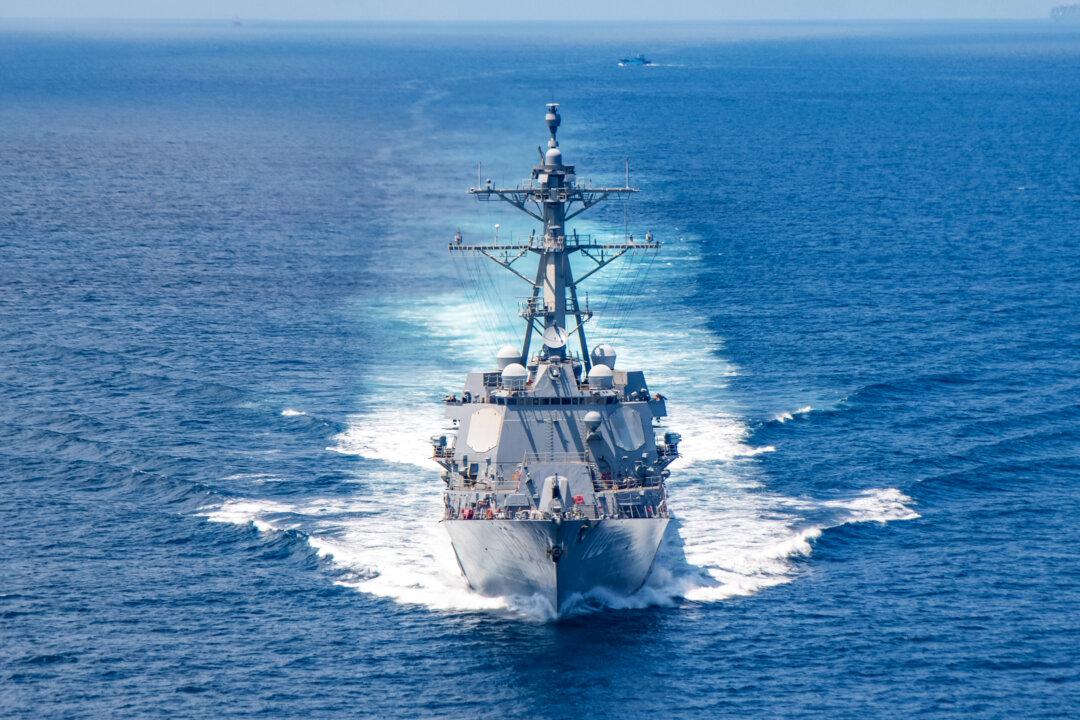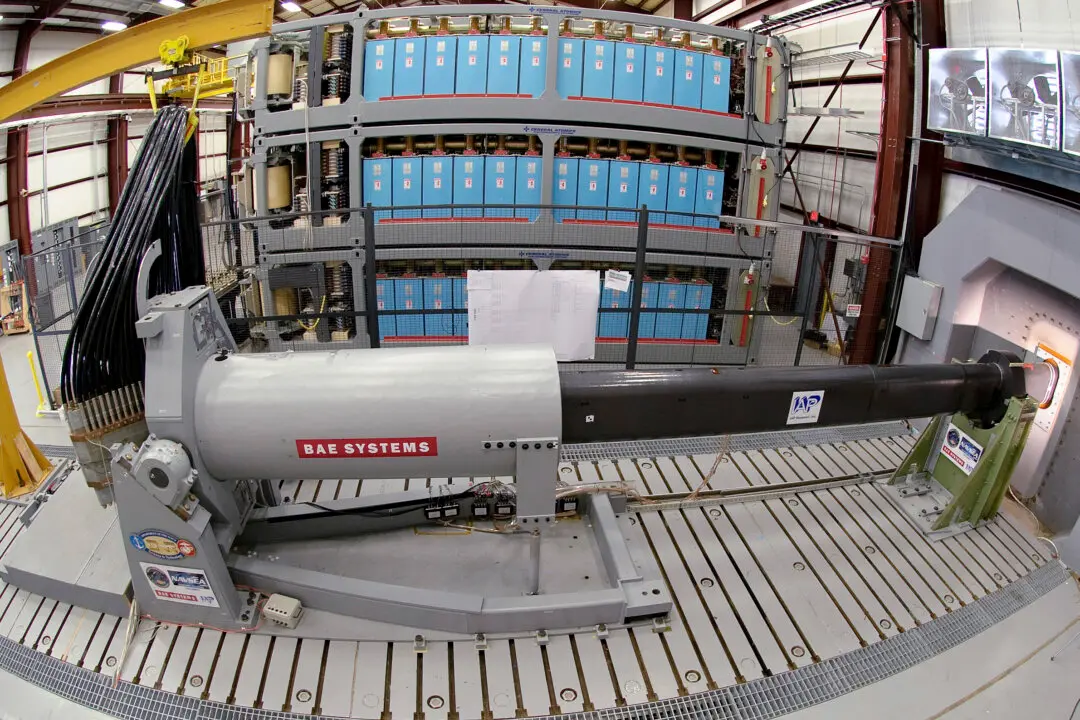Commentary
One could argue that it was the United States’ ability to rapidly repair badly damaged warships and get them back into action, coupled with the unmatched ability of its shipyards to churn out thousands of new warships and commercial ships, that provided the foundation for victory over the Axis powers.





